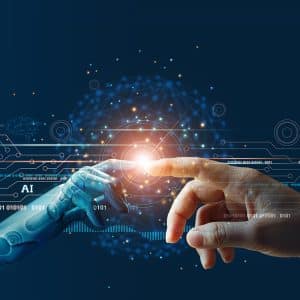The evolution of Human Machine Interfaces (HMIs) has unfolded over decades, influenced and propelled by emerging technologies in electronics, telecommunication, and power engineering. Over the past 30 years, HMIs have served communication and control purposes, adapting to evolving technology.
1980’s
In the 1980s, process flow diagrams dominated monitoring processes, with large walls dedicated to such diagrams, adorned with gauges, indicators, and switches for a realistic representation of industrial processes.
1990’s
In the mid-1990s, PLC manufacturers gained ground, utilizing proprietary Operator Interface Terminals for control. The mid-1990s saw the introduction of PCs to manufacturing, necessitating a real-time Operating System. With the advent of Windows OS, Distributed Control Systems migrated to PCs. Platform-independent software was introduced, shifting HMI towards a software-centric technology. Simultaneously, ethernet revolutionized connectivity, transcending previous boundaries.
2000’s
In the early 2000s, HMIs capable of operating in hazardous areas were developed. Distributed control systems focused on HMI software and PC hardware. Touchscreens became prevalent in industrial technology, offering ease of use and reducing reliance on keyboards and mice.
2010-Present
The continual rise of new technologies ensures ongoing evolution in HMIs. Regardless of their future form, these devices will remain vital on the plant floor. The entry of multitouch video technologies, like tablets and smartphones, has once again transformed the role and scope of HMIs. Manufacturers now explore HMIs dependent on cross-platform technologies, such as HTML5, with Cloud Computing Servers at the backend, enabling access, monitoring, and control from any global location.





























































